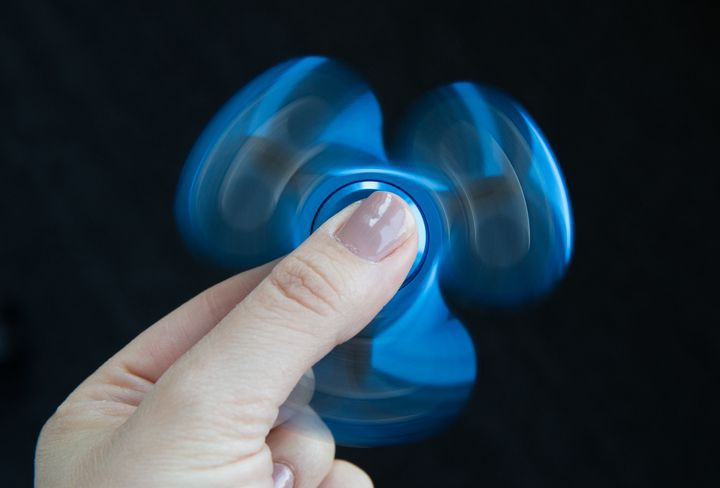Many of us have found ourselves fidgeting, clicking our pens, playing with our hair, or tapping our fingers in an effort to escape boredom or remain focused.

If you’ve found yourself there, then this gadget is for you. Catherine Hettinger, a Florida-based inventor, has unveiled a tiny device that helps people manage their nervous energy. Deemed the fidget spinner, it works to provide an alternative outlet for those with autism, ADD, or ADHD. While it sounds very promising, it’s causing major controversy in schools.
Fidgeting has proven helpful for people who develop increased concentration from double-tasking, as well as those who suffer from stress or anxiety. However, schools in both the United States and the United Kingdom are banning children from using fidget spinners in classrooms. The Chicago Tribune labeled the toys as a “threat to America,” noting that the endless spinning is more of a distraction, causing more harm than good.
“In a group setting, they don’t always make sense,” Rebecca Sachs Ph.D. ABPP, who owns a CBT Spectrum therapy practice in Manhattan, told the New York Daily News . “These fidget spinners make noise and can be visually disruptive to other students.”
The three-pronged plastic device uses ball bearings to enable motion and balance weight. If users hold the smooth center between two fingers, they can flick the prongs, resulting in them spinning around in mesmerizing circular motions. The force you apply causes them to move at different speeds. Once it takes off, the spinner intends to provide a level of comfort while it’s whizzing around in your hand.
While the spinners share the same functionality, they vary in design. Devices with a raised middle structure can balance on top of your fingertips while spinning.
A selection of the fidget spinner devices are available at retail stores like Walmart, but you can also purchase a classic spinner online via Amazon or Etsy for $5 to $20.
Via Mashable
Advertisement
Learn more about Electronic Products Magazine





